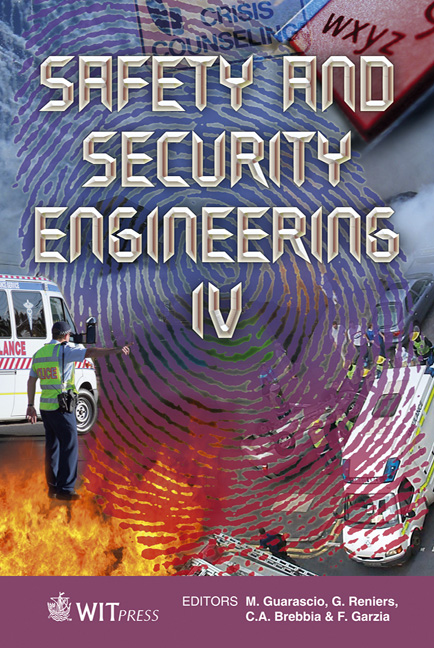GIS: A Common Operational Picture For Public Safety And Emergency Management
Price
Free (open access)
Transaction
Volume
117
Pages
7
Page Range
455 - 461
Published
2011
Size
308 kb
Paper DOI
10.2495/SAFE110391
Copyright
WIT Press
Author(s)
J. Perdikaris
Abstract
Not so long ago, monitoring of remote incidents in real time with dozens of camera feeds and sensors linked seamlessly together was something you would expect from a national intelligence or space agency, or from science fiction. However, first responders, such as police and fire, and local city government buildings, public safety agencies, have used state-of-the-art computers and information systems to capture data for emergencies, but this type of emergency management involved multiple pieces that were not connected, and data certainly was not available in real time using a single seamless interface. GIS has long provided an integration platform for meeting the mission of public safety. This includes providing data management, planning and analysis, field enablement and situational awareness. From 9/11 to Hurricane Katrina, to the 2007 fires in California, to the 2010 Winter Olympics and most recently the earthquake in Haiti, and the Gulf of Mexico oil spill, GIS has been a foundation technology linking data and workflows. A historical perspective of GIS and its integration into public safety is provided, including new developments and challenges facing public safety agencies and emergency managers in regards to GIS are discussed. This includes data acquisition by remote sensing and space technology, imagery, digital terrain and elevation models, geographic and data management systems, topographic representation, spatial and temporal variability of data and linking with numerical models. Data collection, processing and analysis have received a great deal of attention, while data validation, error propagation, and analyses of uncertainty, risk and reliability have not been treated as thoroughly. Furthermore, a discussion regarding the future outlook for GIS and its adoption into Public Safety and Emergency Management is also provided. Keywords: GIS, public safety, emergency management and data analysis.
Keywords
GIS, public safety, emergency management and data analysis





